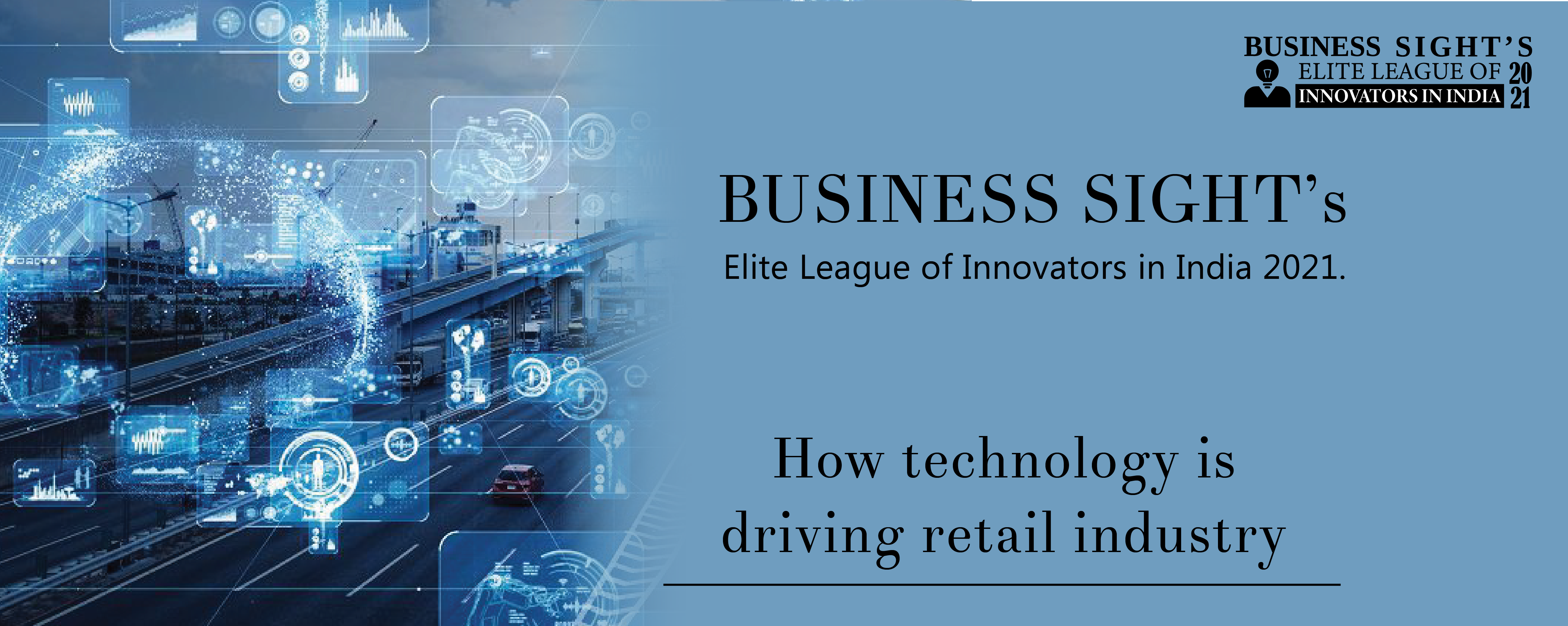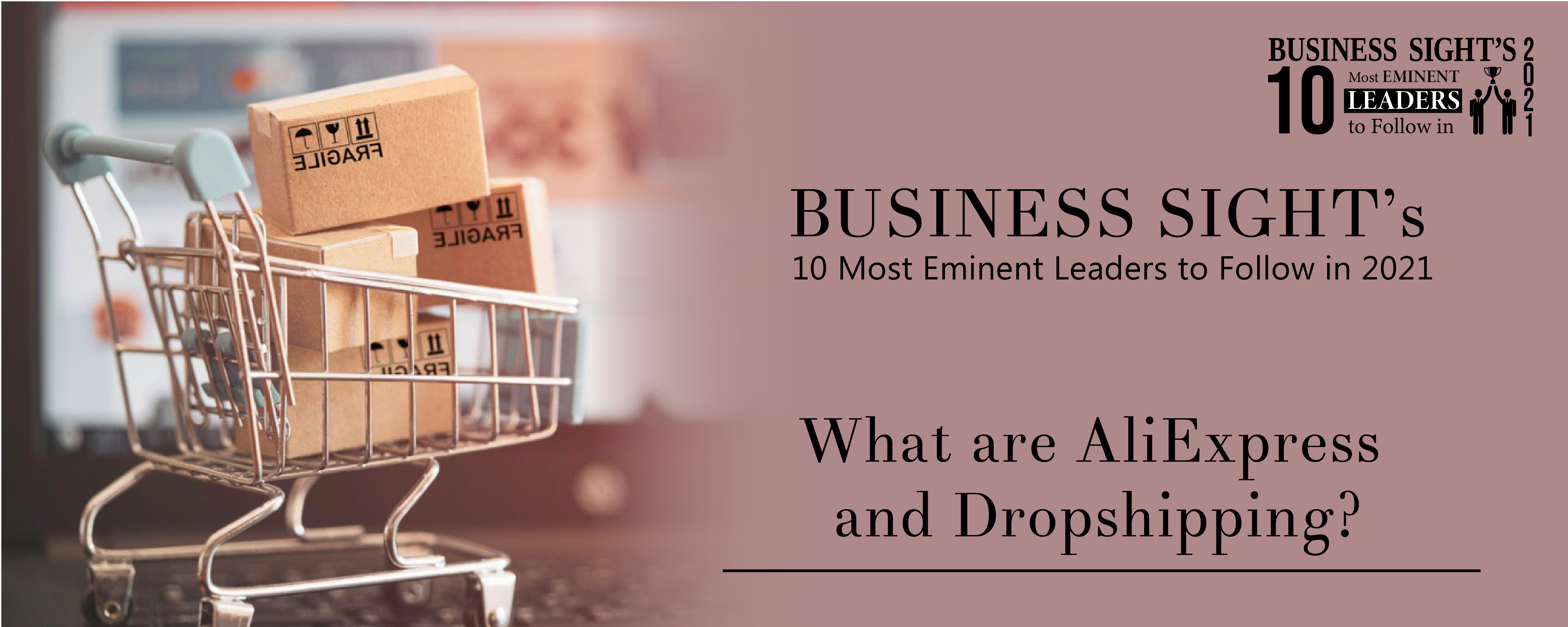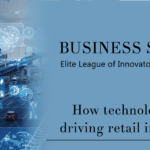For managing and governing the company, what we need good strategic planning, organization, and ultimately the execution of the plan. But due to the Covid-19 pandemic, everything abruptly changed. A new working pattern has been introduced, “WFH” aka Work from Home. And now many of the big companies are endeavoring to implement this on a regular. Technology leaders are imposed, to adapt the standard procedure for RPA and hyper-automation alternatives to traditional System Integration as the pandemic escalated the digital demands.
System Integration existed so far in the market. It is considered an extravagant technique to bring all the systems together and get them to work together. Setting up the whole system required specialized engineers with broad sets of skills.
Due to high obscurity, companies need to find discerning methods through which they can operate, control and build the competency to survive in the market. For this dredging the right operation technique to increase the efficiency, with minimum cost, rapid time and scalability, Robotic Process Automation act as significant. A crucial question emerges here, What would be learning curve ? In the post pandemic market only visionary businesses thrive ,which can predict the market curve and adapt themselves to the changes ,
I was intrigued when I found the reasons for the downfall of the gaints like Nokia, surprisingly it was not due to the reluctance for the change or arrogance of being a gaint on their field but it was they could not forgo the notion of changing the business model which was very successful at that point of time and adapt to a newer model which was more of an experiment which bring us placing our bets in the era of post pandemic ,my bet being hyper-automation.
1.1 Why Hyper automation is my bet post covid-19?
Hyper Automation can be considered as ‘boon’ as it makes a significant contribution to minimizing the business disruption due to covid-19 related restrictions. To ensure population health, a remote working shift was perhaps the most applied measure among the precaution. We can’t deny that covid-19 will have a profound impact on most of the social and economic life. When the covid-19 effect starts to diminish and consequently, when we expect to get back ‘New normal’. This will be going to be very different from our lives before the pandemic. Definitely, there will be a complex change in the working environment, a new way of serving the customers, and working with suppliers.
Many lofty organizations are suffering due to high maintenance costs and operational impact-related re-engineering appallingly integrated old-IT.
Instead of re-engineering, the organization could opt for a new business model or approaches; An emerging technology Hyper automation streamline enterprise operation and reduce cost. Automation set off a digital workforce platform for the establishment of business resilience. With Hyper automation, software users build a software robot or bot which can learn, imitate, and can execute business operations unlike RPA ,hyper automation integrates Deep Learning and neural network models which can mimic human behavior with an astounding accuracy ,our team has deployed couple of them in North America
1.2 Use of RPA to adapt the ‘new normal’ after covid-19
1. Increase responsiveness turbulent changes
RPA system stimulates people to stay open and adapt to new changes of doing things along with flexibility. Organizations are perpetually looking for process improvement called as process-driven are currently most successful in the market. Example- Amazon, Uber. Bots are more efficient and effective in terms of offering training when economic success depends on how fast and how people acclimatized to the new condition.
2. Provide opportunity in the direction of digitization
Organizations tend to adopt RPA will be based on taking committed action toward digitization. Scaling automation at the enterprise level will enhance the pace of digital development and leveraging strategic thought in the long run. According to Mc Kinsey's research, half of the top economic performers rely entirely on digital offerings. 26% of digital incumbent acquired the new digital business in long term profitability, with no short-term gain.
3. Data Security
Maintaining social distance has increased the use of online communication via the available means, mainly, social networking apps. So, this required additional security breaches compared to the time before the pandemic. RPA ultimately reduces cybersecurity risk as it enables the enforcement of more effective cyber operations. Whenever compliance attacks are detected.
4. Promoting remote workforce
Work from home has started as a necessity and one of the prominent precautions in Covid-19. People were quite happy at the beginning, as it tends to increase flexibility and increased productivity. RPA leverage to ensure a streamlined process, and hence higher productivity as well as strong connectedness among the employees despite physical distancing.
Conclusion
According to a recent brain survey, it is estimated that more than 84% of the organizations will adopt RPA in their business operation after the post-covid-19 pandemic. Global Robotics Automation software revenue will reach $ 1.89 billion in 2021, with a growth of 19.5% from 2020.
After covid-19, RPA will help from the first step of the automation journey, including pilot phasing. Hyper automation will deliver automation in a fraction of the time mimicking the human response. It can automatically start working, scale on-demand, and keep working at 100% capacity non-stop.

















